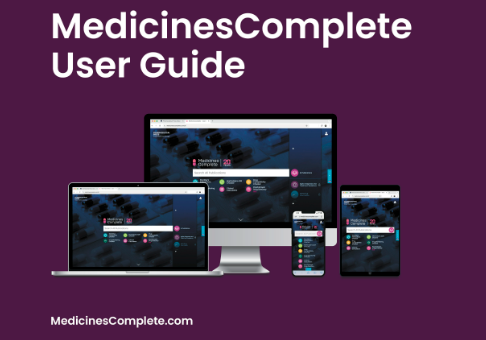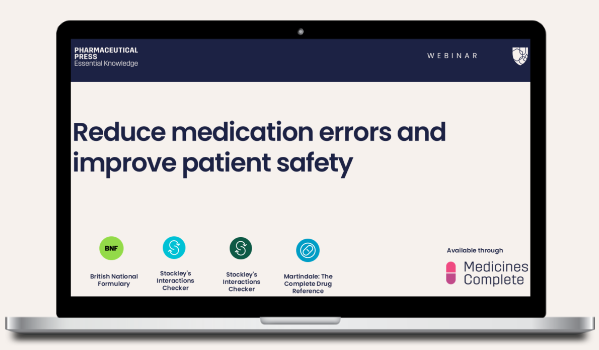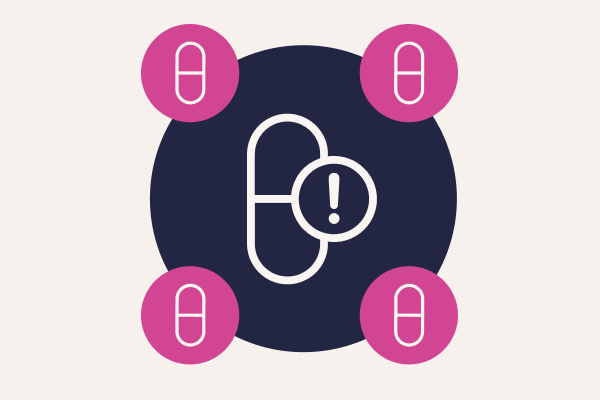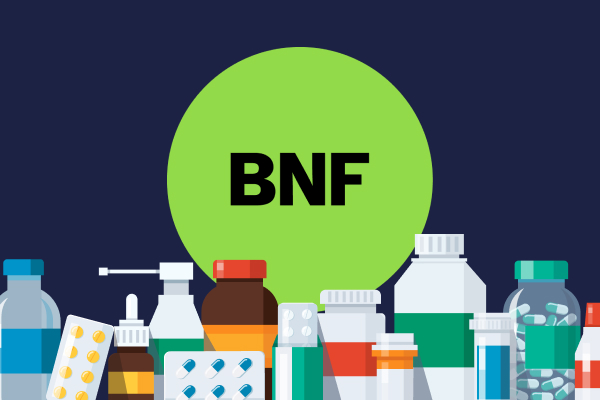Development of a BNF drug monograph
What does a BNF drug monograph consist of?
A BNF drug monograph is a description of a certain drug, or sometimes a combination of drugs. In each drug monograph we cover what it’s indicated for, the doses for each indication, and any important safety information.
We also summarise contra-indications or cautions to be aware of, side-effects, interactions with other drugs or products, monitoring, and key patient advice. Information is provided about the drug’s use in special patient groups such as in renal or hepatic impairment, in pregnancy and breastfeeding, and any effects the drug may have on conception. Any other relevant advice is also included.
Please complete the form at the bottom of this article to request a complimentary trial of MedicinesComplete.
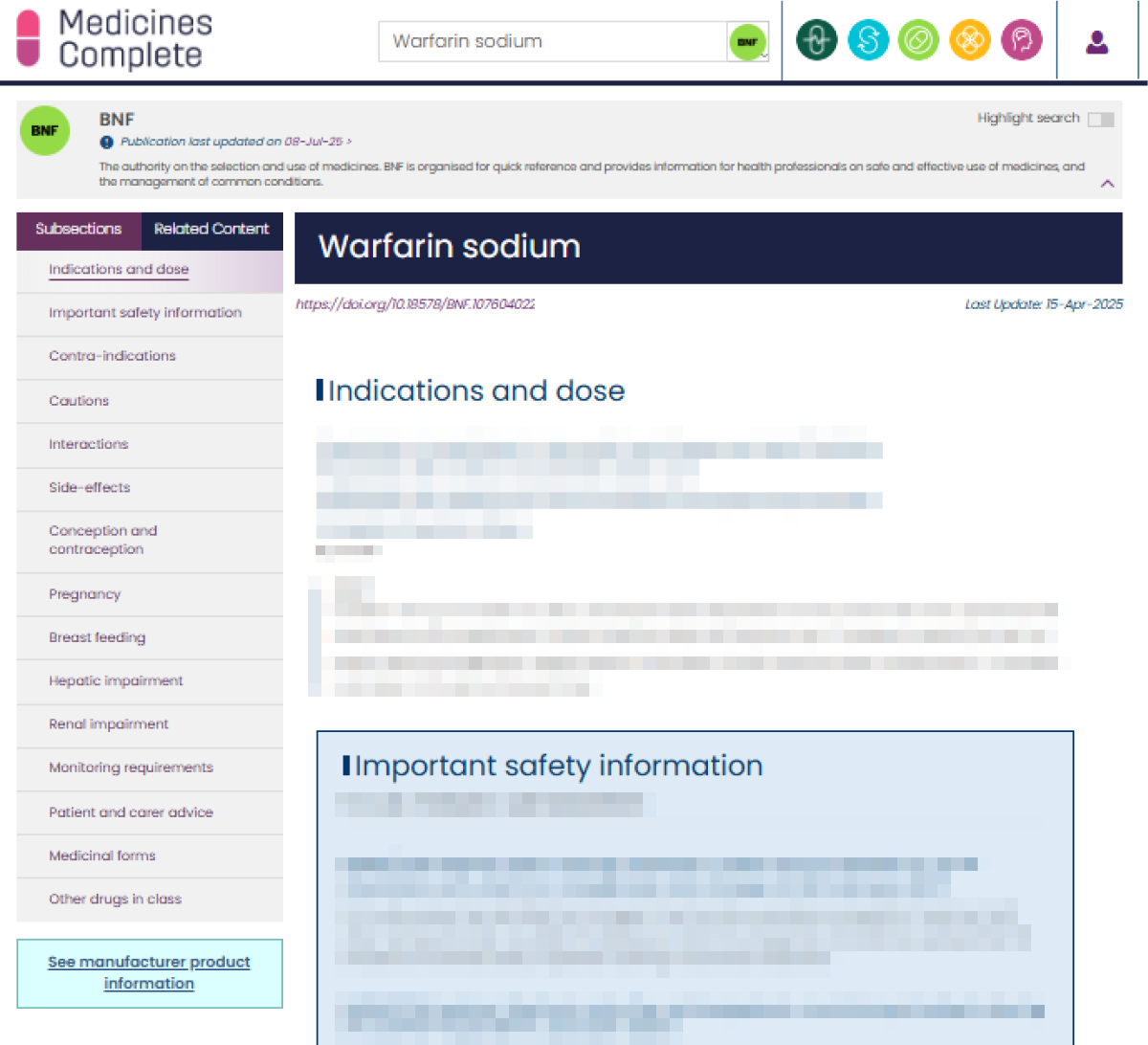
BNF drug monograph accessed via MedicinesComplete
At the end of each drug monograph there is a medicinal forms section that details which formulations of the drug are available in the UK. This is also where we include information on excipients that might be of clinical relevance, and the recommended Cautionary and advisory labels.
As BNF is a publication intended for generalists, for very specialist drugs we include less detail and concentrate more on providing information to support patient safety and non-specialist patient care.
The aim of a drug monograph, in combination with our treatment summaries, is to provide health professionals the information they need to appropriately and safely prescribe, dispense, and administer drugs in a quick and easy to access format.
What does the process of drug monograph development look like?
To create BNF we follow a rigorous editorial process to ensure that all the information is correct, up-to-date, and follows best practice. We start with what we call a ‘trigger’ – this could be a new drug, a new side-effect, or any other change that needs to be reflected in BNF. These can derive from licensing materials, new guidance, safety alerts, and some come from people who contact us with feedback.
Once we have the trigger, we investigate it further and, depending on the complexity, make a plan of action. For simple changes, the update is written in our content management system and passed on to another clinical writer for an independent review. This review double checks the sources used and ensures the update accurately represents the evidence.
Next, it is passed on to a more senior clinical writer who critically assesses the work and approves the content. Where we have added or updated any doses, a dose check is then performed by a fourth clinical writer to ensure they are accurate and safe. Once this is complete, the update is ready for quality assurance and then for publishing.
For more complex updates, there are further steps we take. This can include getting advice from our expert groups who are professional societies and advisory bodies. We also can send work to our Formulary Committees for another review, and we may need to send updates out for peer review.
To keep up to date with the latest new drugs and significant changes to BNF and BNFC, sign up to the BNF + BNFC newsletter.
What are the origins of BNF drug monographs?
BNF has a long history, and it’s first iteration looked very different to what we are used to now.
In 1939, a National War Formulary was prepared with the aim to provide information to meet the “ordinary requirements of therapeutics”. Once the war was over, the Royal Pharmaceutical Society and the British Medical Association decided to continue publishing a formulary intended for general use. This became first the National Formulary in 1949 and was then renamed as British National Formulary in 1957. The National War Formulary and the National Formulary contained information more like a ‘recipe’ than a drug monograph, informing the reader on how to prepare a medicinal product, how much to dispense, and for some entries, an indication and dose.
It was the overhaul and relaunch of BNF Number 1 in 1981 which saw the introduction of drug monographs similar to what we know today, with the addition of more detail such as cautions, contra-indications, and side-effects. Since 1981, we have published a new edition of BNF every 6 months. We added BNF for Children in 2005 and publish a new edition every year. Despite all these changes throughout the years, BNF still meets the same aim today as it did in wartime: to provide information suitable for general use in healthcare.
How many people support the creation of BNF drug monographs today?
Our editorial team consists of clinical writers, scientific writers, content managers, editorial assistants, and a host of other roles.
Clinical writers are pharmacists, or pharmacy graduates with relevant experience. We work on the clinical sections of BNF, mainly the drug monographs and treatment summaries. Senior clinical writers can approve and release content for publishing. A writer may work specifically on drug monographs, treatment summaries, or side-effects and interactions, or any combination of these.
Scientific writers have a scientific or pharmacy technician background and are responsible for the non-clinical sections of BNF such as national funding sections within drug monographs, and other BNF content such as borderline substances. They follow the same content creation processes as clinical writers.
Editorial assistants also have a background in STEM (science, technology, engineering, and mathematics). They complete quality assurance for BNF and also work on non-clinical records such as the Index of manufacturers and some medical devices.
Content managers and lead writers prioritise the vast number of updates to BNF and lead on the clinical direction of our work.
We also draw upon the knowledge and experience of expert groups, the Joint Formulary Committee, and the Paediatric Formulary Committee.
Of course, there are also a host of other roles outside of the editorial team which are absolutely essential to getting our content published.



